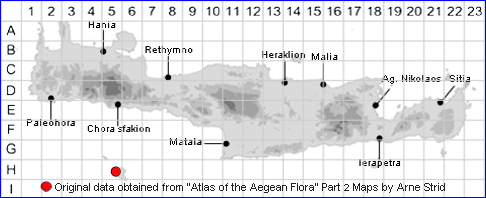
SPECIES DESCRIPTION
ASTRAGALUS EPIGLOTTIS
Family and Genus:- See- LEGUMINOSAE/Subgen. EPIGLOTTIS
Common Name:-
Homotypic Synonyms:- Biserrula epiglottis, Glottis epiglottis,
Tragacantha epiglottis
Meaning:- Astragalus (Gr) Ankle-bone,(a plant with knotted roots).
Epiglottis (L) Literally "(that which is) upon the tongue.
General description:- Annual, with unequally bifurcate or simple, straight,
subappressed white hairs.
Stems:-
1) 5-25(-50) cm, ascending.
Leaves:-
1) Imparipinnate.
2) Leaflets, 5-10 pairs. hairy on both surfaces. narrowly elliptical.
Flowers:-
1) Racemes, axillary, dense, capitate,with 6-14 subsessile flowers.
2) Calyx, 2-2.5 mm. triangular-campanulate.
3) Corolla, cream or suffused pale purplish-blue.
4) Standard, 3-4 mm.
5) Fertile stamens. 5.
Fruit:-
1) Legume, 7-9 mm., triangular-ovate, dorsiventrally flattened and broadly cordate at
the base, laterally compressed near the apex, densely hairy.
2) Seeds, few.
Key features:-
1) Legume, riangular-ovoid, not much longer than wide, smooth.
2) Standard, 3-4 mm.
Habitat:- Dry sandy places with grassland or open woodland, fallow fields & waste
ground, often near the sea, 0-400 m,on various substrates.
Distribution:- Greece, Mediterranean region from Spain and Morocco to W
Anatolia,Cyprus and Palestine. Rare on Crete currently known only from the island
of Gavdos.
Flowering time:- In April.
Photos by:- Ori Fragman_Sapir
